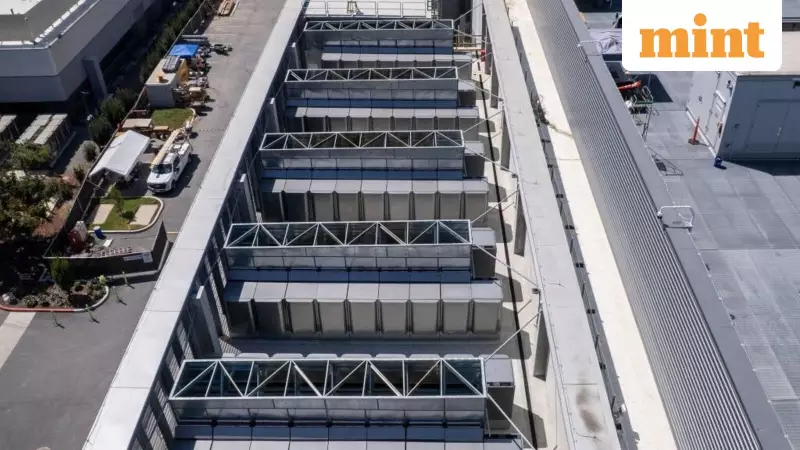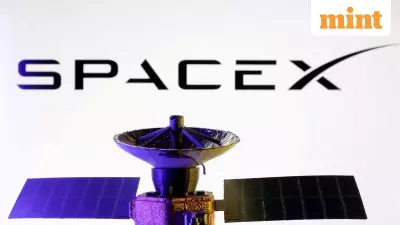
The artificial intelligence revolution is creating unexpected winners in the technology sector, with smaller equipment manufacturers emerging as powerful contenders against established giants. As the AI arms race intensifies, companies that provide the essential hardware infrastructure are experiencing unprecedented growth.
The New Power Players in AI Infrastructure
While Nvidia continues to dominate the AI chip market with its powerful GPUs, the ecosystem surrounding these chips is creating massive opportunities for specialized equipment makers. Companies like Super Micro Computer have seen their market value skyrocket, challenging traditional server manufacturers like Dell and Hewlett Packard Enterprise.
The secret to their success lies in their ability to rapidly deploy customized systems that maximize the performance of Nvidia's processors. Unlike larger competitors who operate on slower production cycles, these nimble manufacturers can quickly adapt to the evolving demands of AI workloads.
Why Speed Matters in the AI Race
In the competitive world of artificial intelligence, time-to-market can make or break companies. Tech giants and startups alike are racing to deploy AI capabilities, creating enormous demand for ready-to-deploy infrastructure. Super Micro's approach of providing pre-configured, optimized systems has positioned them perfectly to capitalize on this urgency.
"The AI boom has created a land grab mentality," explains industry analyst Priya Sharma. "Companies don't want to wait six months for custom servers when they can get optimized systems from Super Micro in weeks. This speed advantage is proving invaluable in the current market."
The Financial Impact
The numbers tell a compelling story. Super Micro's stock has surged dramatically, with the company's market capitalization reaching impressive heights. This performance has turned heads across the industry and demonstrated that there's more to the AI value chain than just chip manufacturers.
Meanwhile, traditional server makers are playing catch-up. Dell and HPE have acknowledged the competitive threat and are restructuring their approaches to better compete in the AI infrastructure space. However, their larger scale and established processes may work against them in this fast-moving market.
What This Means for Investors
The shifting dynamics highlight important lessons for technology investors:
- The AI value chain extends far beyond semiconductor companies
- Specialized equipment makers can outperform industry giants in emerging markets
- Speed and flexibility are becoming critical competitive advantages
- The infrastructure layer of AI represents significant investment opportunities
The Future of AI Infrastructure
As AI models grow larger and more complex, the demand for specialized computing infrastructure will only increase. The current success of companies like Super Micro suggests we're still in the early innings of the AI infrastructure boom.
However, questions remain about how long this advantage will last. Larger competitors are investing heavily in catching up, and the rapid pace of technological change means today's leaders could be tomorrow's laggards. What's clear is that the AI revolution is creating new business models and reshaping traditional industry hierarchies.
The lesson for businesses and investors alike is clear: in the age of AI, being big doesn't necessarily mean being fast—and in today's market, speed often wins.





